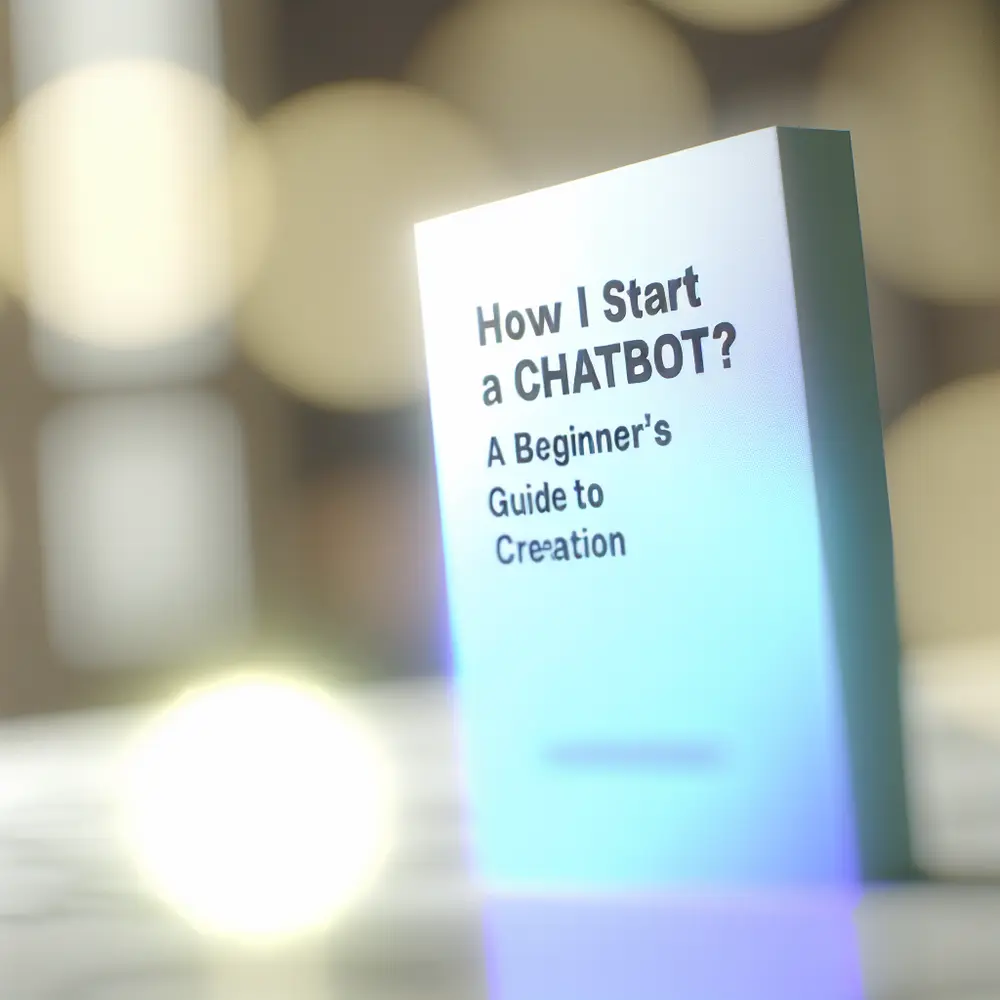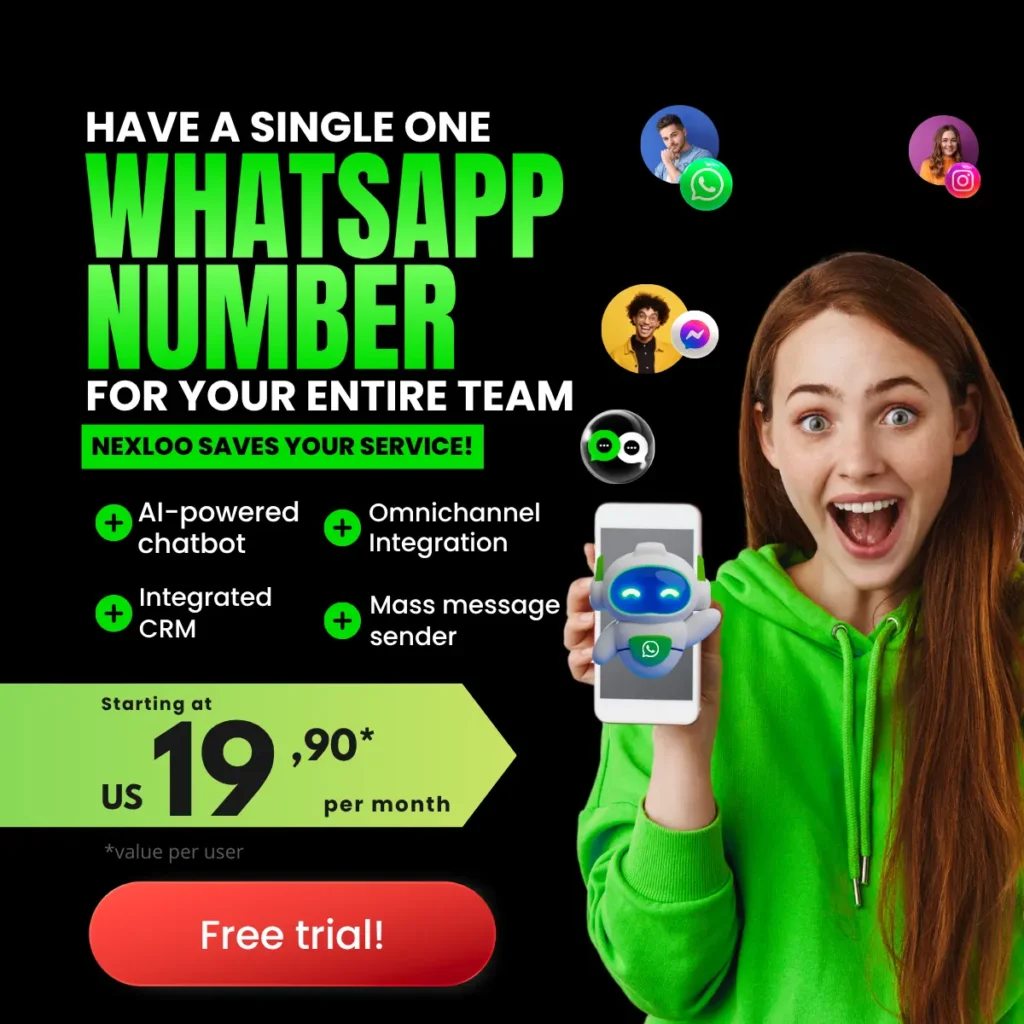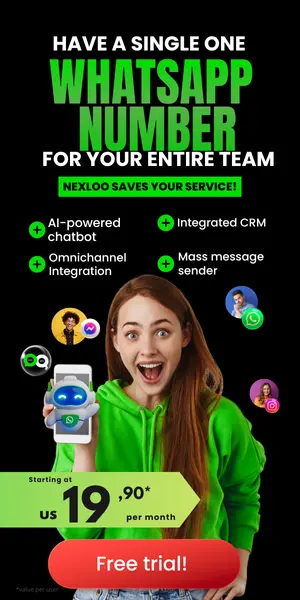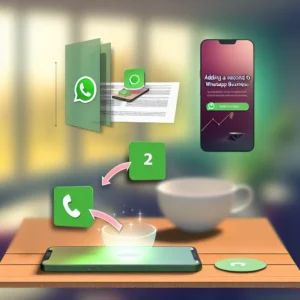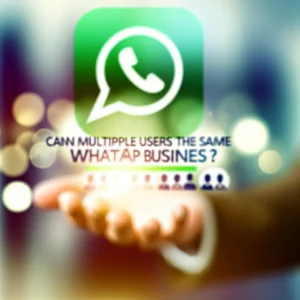You want to enhance customer interaction and streamline operations, right? As businesses grow, manual processes can become overwhelming and inefficient. This is where chatbots step in, serving as vital tools that can transform how you engage with your audience. Understanding how to effectively implement a chatbot can set you apart in today’s digital landscape.
Imagine having a virtual assistant that works 24/7, handling inquiries and providing instant responses. However, the key to success lies not just in launching a chatbot but in creating one that truly resonates with users. You must navigate various decisions—from purpose and design to platform selection and post-launch maintenance.
This guide will equip you with the essential knowledge needed to start your own chatbot journey. By following these insights, you’ll not only improve customer satisfaction but also position your business for growth.
Understanding Chatbots: What They Are and How They Work
Chatbots are software applications designed to simulate human-like conversations, making them valuable tools for businesses. You can integrate them into various platforms, including websites and messaging apps like WhatsApp.
Your primary goal with a chatbot is to assist users by providing quick responses to inquiries. Most chatbots utilize artificial intelligence (AI) and natural language processing (NLP), helping them understand user inputs and generate appropriate responses. This integration enables chatbots to learn from interactions, improving effectiveness over time.
A key aspect to consider when you start a chatbot is its capabilities. A well-defined purpose will guide the development process. For example, the “TechSupport Co.” created a chatbot to primarily handle customer inquiries, resulting in a 30% increase in issue resolution speed.
In the initial stages, choosing the right development platform is crucial. There are numerous platforms catering to different skill levels. Beginners might benefit from tools like WhatsApp chatbot platforms, which leverage existing frameworks and simplify the process.
User-friendly features significantly enhance the chatbot experience. Features such as quick replies, buttons, and interactive elements encourage user engagement. “HomeService Assist” incorporated multiple language support, broadening their user base and improving accessibility by 25%.
Continuous testing and iteration post-deployment are essential. Collecting user feedback and analyzing interaction data will inform areas for improvement. Regular updates ensure your chatbot remains relevant and effective, aligning with evolving business needs.
Reasons to Start a Chatbot: Benefits for Businesses and Users
Starting a chatbot enhances your business’s efficiency and customer interactions. By automating conversations, chatbots streamline processes, allowing your team to focus on more complex tasks while improving service quality.
One of the major advantages of chatbot creation is its 24/7 availability. Unlike traditional customer service channels, chatbots provide instant responses at any time, boosting user satisfaction. A case in point is “RetailHub,” which saw a 40% increase in sales due to their chatbot’s immediate assistance.
Chatbots also handle vast volumes of interactions simultaneously. This benefit is crucial for growing businesses. “HealthyEats” utilized their chatbot to manage a 50% increase in queries during peak times without adding additional staff.
Furthermore, chatbots provide valuable data insights. Tracking customer interactions allows businesses to refine marketing strategies. “GadgetGurus” analyzed their chatbot data and personalized user experiences, leading to a 20% increase in engagement.
Integrating a WhatsApp chatbot can enhance user engagement, meeting users where they are comfortable. This proactive approach enhances your competitive position in today’s market. Given WhatsApp’s popularity, businesses adopting this integration see clearer pathways to interactive engagement.
Getting Started: The Basics of Chatbot Creation
To successfully start a chatbot, focus on the foundational elements. These include defining its purpose, identifying your audience, and planning interactions that guide users. These steps lay the groundwork for effective chatbot development.
First, clarify the primary goal of your chatbot. Will it assist with customer service, answer FAQs, or facilitate sales? Defining this helps streamline design and functionality. For example, “TravelBuddy” aimed to help with travel bookings, which led to a 35% decrease in handling time for booking inquiries.
Next, understanding your audience is vital. Tailor the chatbot’s language and tone to engage your target users effectively. “FashionForward” created a chatbot that resonated with young adults, resulting in a 45% increase in interaction rates.
Outline the conversation flow to map potential user interactions. Anticipating common questions and responses refines the overall experience. “QuickSupport” visualized their conversation paths, leading to an impressive 30% increase in customer satisfaction.
Selecting the right platform is a critical step. Numerous tools offer unique features for chatbot creation. For beginners, tools like the WhatsApp chatbot platform simplify the development process, providing user-friendly interfaces to create intuitive bots.
Testing your chatbot thoroughly before launch is crucial. Gather feedback from early users for valuable insights into areas needing improvement. Continuous iteration post-launch will significantly enhance performance.
Choosing the Right Platform: Options for Chatbot Development
Selecting the right platform is crucial for your success in chatbot development. Various tools cater to different needs and expertise levels. User-friendly platforms like Chatfuel or ManyChat can simplify the process, enabling you to create functional chatbots without extensive coding skills.
For instance, Chatfuel allows building bots for Facebook Messenger, leveraging templates and a drag-and-drop interface. This tool helps entrepreneurs engage effectively from the outset, leading to a 20% boost in customer engagement.
If you prefer a deeper dive into development, platforms like Dialogflow offer more flexibility. This Google-owned platform enables developers to build conversational interfaces using NLP, suitable for those desiring comprehensive chatbot capabilities.
Consider integration options as well. Some platforms integrate seamlessly with messaging apps like WhatsApp, allowing your bot to connect where users are. “CustomerConnect” launched a WhatsApp Chatbot which led to a 50% increase in user interactions.
Think about the scalability of the platform. As your chatbot grows, you want to choose a platform that accommodates evolving requirements, such as API access and customizability. The right choices at this stage ensure long-term success and efficiency.
Designing Your Chatbot: Key Considerations and Best Practices
Starting a chatbot requires careful planning and design to ensure effectiveness. Identify the primary objectives for your chatbot, whether customer support or lead generation. Clear objectives guide your development.
Define the scope of your project. Limit your initial design to essential functionalities, ensuring focus on core tasks. “ServiceLine” perfected their system with a narrow focus, leading to a streamlined process that improved response times by 30%.
Choosing the right platform is vital. For beginners, user-friendly chatbot creation tools simplify the development landscape. Platforms specializing in WhatsApp integration provide features tailored to meet user needs effectively.
Prioritize user experience by designing conversational flows that mimic human interactions. Utilize NLP to enhance understanding of user queries. Incorporating feedback helps refine conversation paths, fostering engagements that feel fluid and natural.
Testing your chatbot before launch is crucial for resolving potential issues. Conduct quality assurance tests to ensure accurate responses. After going live, leverage analytics to track performance, guiding future improvements.
Testing Your Chatbot
Before launching your chatbot, thorough testing is essential. Start by simulating various user interactions to pinpoint potential issues, including common inquiries and edge cases. Encourage real user feedback during this phase to gather diverse insights.
Utilize various testing methods like unit testing and user acceptance testing. Each contributes to your bot’s reliability, ensuring accurate responses to user queries. “SupportSmart” conducted extensive testing, ultimately reducing user-reported issues by 60% post-launch.
Launching Your Chatbot
After thorough testing, it’s time to launch your chatbot. Develop a strategic announcement plan to inform your audience, utilizing social media and email campaigns to promote effectively. “BizTalks” generated excitement prior to launch, leading to a 50% increase in initial user interactions.
Monitor interactions closely during the launch. Track engagement metrics and user satisfaction ratings to make real-time adjustments. An attentive approach prevents issues from escalating and optimizes user experience from day one.
Continuous Improvement Post-Launch
After launch, maintaining and improving your chatbot is crucial for a valuable user experience. Regularly analyze interactions to identify areas needing enhancement. “MarketReach” observed a 25% improvement in user feedback by implementing regular updates based on real data.
Update your chatbot’s knowledge base periodically to keep information current. As customer queries evolve, dynamic updating ensures your chatbot performs optimally. Training your bot on real dialogues enhances its capabilities.
User feedback incorporation boosts performance. Encourage ratings or suggestions to foster a community investment in the chatbot experience, enhancing overall satisfaction.
Stay informed about emerging technologies in chatbot development. Incorporating new features can elevate user engagement. Continuous learning in chatbot maintenance is essential for achieving long-term success.
Your Journey Begins Today!
Starting a chatbot is an exciting venture that offers opportunities for interaction and engagement. This guide has provided essential insights, from fundamental concepts to platform selection and post-launch maintenance.
Define your chatbot’s purpose first. Consider how it can add value to your business, whether for support, lead generation, or information. A clear objective guides design and functionality.
During the design phase, focus on user-friendly interactions and clear communication. Writing engaging dialogues and creating workflows ensures accessibility and functionality.
Choosing the right platform like the WhatsApp Chatbot facilitates seamless user connection. This tool not only simplifies communication but also enhances outreach.
Testing becomes vital after building your chatbot. Simulation of interactions and user feedback can identify improvement areas, ensuring a smooth experience. Iterative refinement based on real interactions fosters growth.
Finally, emphasize ongoing learning and adaptation in the rapidly-evolving world of chatbot development. Stay updated and continually seek ways to enhance your chatbot’s performance.
Starting a chatbot can be a rewarding journey. With the right mindset and tools, you can create an impactful conversational agent that resonates with your audience. Your journey into chatbot creation starts today—embrace the challenge!
For more detailed insights, explore the capabilities of a WhatsApp Chatbot with AI.

